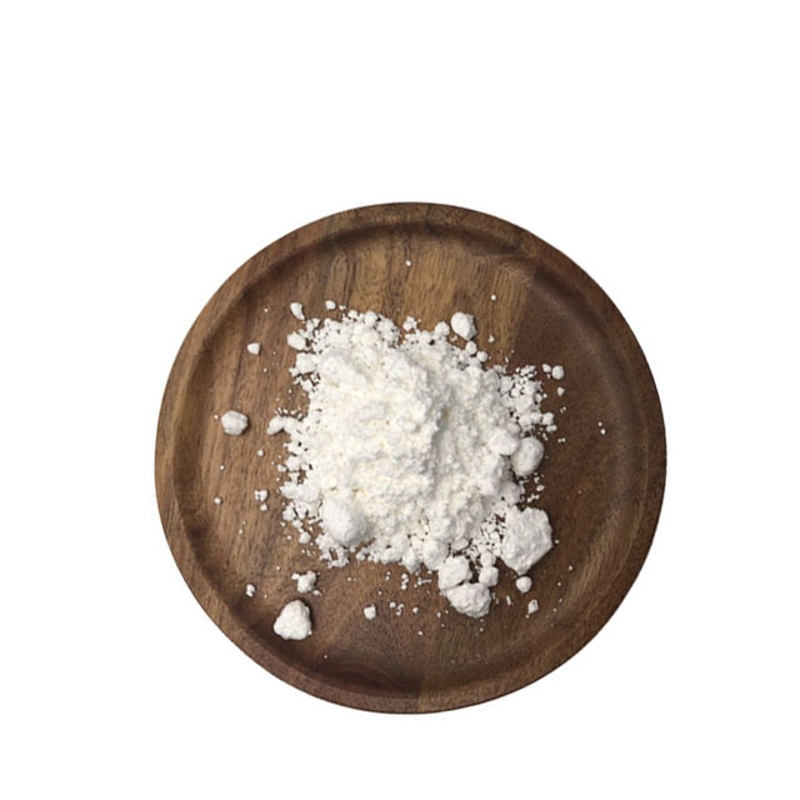-
Categories
-
Pharmaceutical Intermediates
-
Active Pharmaceutical Ingredients
-
Food Additives
- Industrial Coatings
- Agrochemicals
- Dyes and Pigments
- Surfactant
- Flavors and Fragrances
- Chemical Reagents
- Catalyst and Auxiliary
- Natural Products
- Inorganic Chemistry
-
Organic Chemistry
-
Biochemical Engineering
- Analytical Chemistry
- Cosmetic Ingredient
-
Pharmaceutical Intermediates
Promotion
ECHEMI Mall
Wholesale
Weekly Price
Exhibition
News
-
Trade Service
Increased plasma glutamate levels increase the risk of cardiovascular disease (CVD).
Because plasma glutamate levels are also closely related to high levels of visceral fat, non-alcoholic fatty liver (NAFLD), insulin resistance and circulating branch chain amino acids (BCAA), it is not clear to what extent circulating glutamate levels are an independent marker of an increased risk of atherosclerosis.
recently, Journal of Clinical Endocrinology, an authoritative journal in the field of endocrine and metabolic diseases. In a study published in Metabolism, the researchers measured plasma levels of glutamate and BCAA in the circulation of 102 subjects and accurately analyzed the phenotypes of the subjects, including body fat mass and distribution (MR notch scanning), liver fat content (1H-MR spectra), insulin sensitivity (oral glucose tolerance test and high insulin, normal blood glucose clamps (N-57) and endometrial membrane thickness (cIMT).
Adjusted for age, sex, body fat and visceral fat, plasma glutamate levels were positively associated with liver fat content and cIMT (all standards -0.22≥, all p≤0.023) and negatively related to insulin sensitivity (standard-≤-0.31, p≤0019).
glutamate levels are also associated with cIMT, independent of liver fat content, insulin sensitivity and BCAA levels (standard-≥0.24, p≤0.021).
, the researchers observed an independent positive correlation between glutamate and IL-6 levels (N-50; standard β-0.39, p-0.028).
after adjusting for age, sex, body fat and visceral fat, glutamate levels were also positively associated with cIMT (std.?0.31, p=0.019), in the After adjusting for liver fat content, insulin sensitivity, BCAA, or IL-6 levels, the researchers found that the adjustment to IL-6 was most pronounced for a decrease in this relationship (standard s.28, p.05).
it can be seen that elevated plasma glutamate levels are associated with elevated cIMT and independent of known CVD risk factors, which may be partly explained by the subclinical inflammation associated with IL-6.
。







